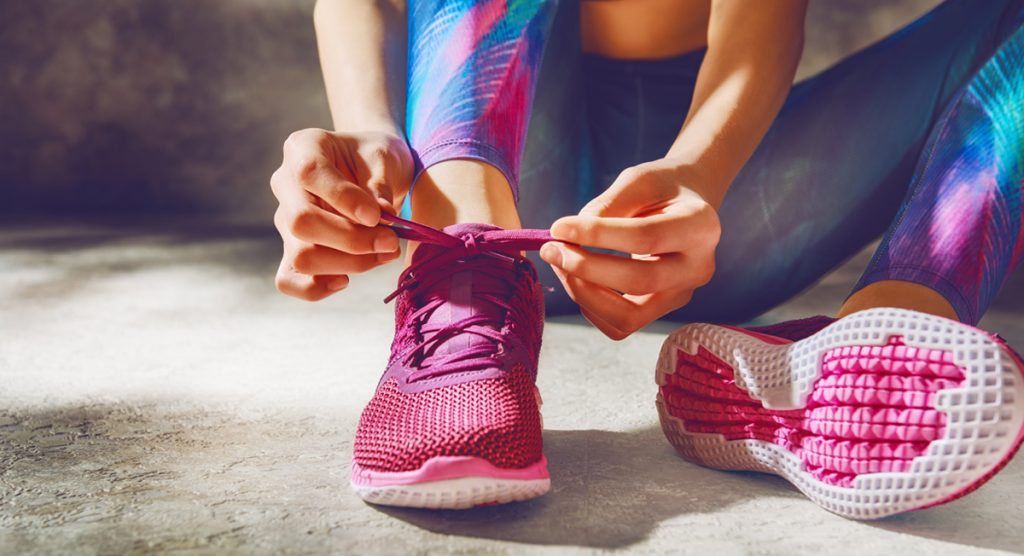After two years of lockdowns it’s no surprise that activewear has gone a little crazy for 2022 as we all limber up to get beach body ready for the summer.
And the trend started early. Taking advantage of a new year’s resolution or two (those pesky mince pieces took their toll) in January fashion retailer PrettyLittleThing revealed that demand for its activewear collection had risen by 285% since New Year’s Eve. And everyone is getting in on the action – from general clothing retailers such as Marks & Spencer to long-established specialists such as Sweaty Betty.
Some of us picked up good habits in the last year or two – with the average time spent being active rising by a third from 33 minutes to 45 minutes. Others of us used the excuse of a little sofa-surfing to lay off the exercise and pile on the pounds instead.
Previously this inspired a real trend for athleisure – the casual dress-down trend that hinted at action but was more about heading to the park to walk the dog than limbering up to do a parkrun. But that trend has moved on. Whether we are heading back to the gym or our favourite sports pastimes after a break or for the first time we want to look and feel good while we are busy putting our bodies to the test.
As a result, activewear – clothing built for action and exercise – is big business and a market that is expected to be worth £6.7 billion in the UK by 2023 and $216.9 billion globally by 2025.
But it’s not just how it looks that a customer needs to consider when they are shopping. Activewear is about technical fabrics. Functions such as wicking. Breathability. Hydrophobic (yes that’s a ‘thing’). UV protection. Can you be sure that your customers know what that means?
For those of us for whom compression fabric is more about underwear to hide our flabby bits than impact protection (although perhaps they are the same thing thanks to those pesky mince pies again) the complexities of activewear can leave us wishing we were still at home snuggled on the sofa in our PJs.
While product descriptions and education can help, real-time social proof messaging can cement that customers are making the right choice when it comes to their activewear purchases. Such messaging can highlight bestsellers and trending items on product list pages or product details pages – especially important given how trend-driven the activewear market can be.
It means that the customer knows the products they are buying are fit for purpose. Literally.
For retailers, the benefits of social proof can be seen in days, GetInspired.no a Norwegian leisure, sports clothing and footwear company, saw a 9.05% conversion rate uplift and 1,353 incremental orders in just 22 days.



